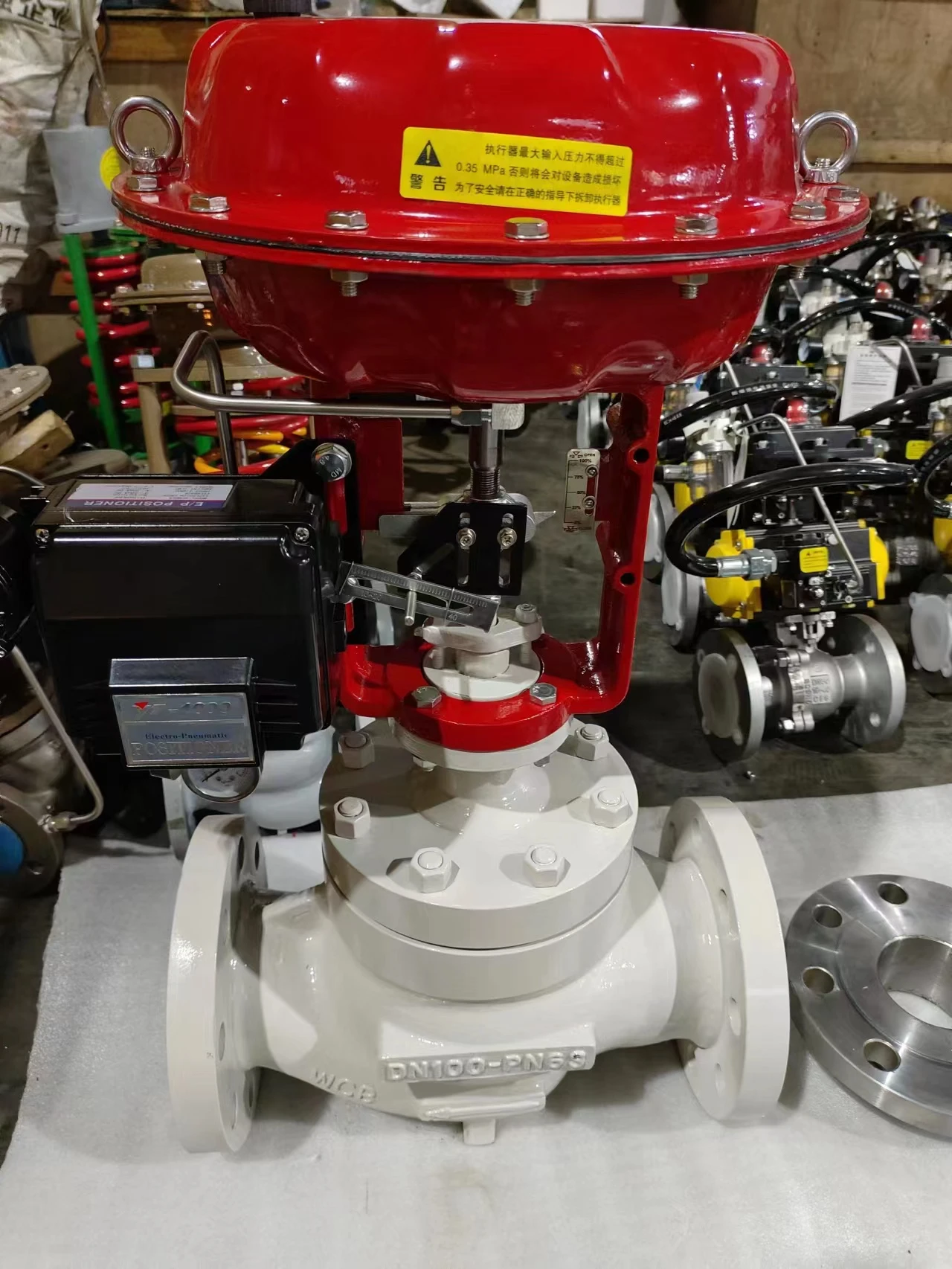Understanding Tapped Blind Flange Applications and Benefits in Industrial Settings
Understanding Tapped Blind Flanges A Comprehensive Overview
In the realm of piping and plumbing systems, flanges play a crucial role in the integrity and functionality of joined components. Among various types of flanges, tapped blind flanges stand out due to their unique design and application. This article delves into what tapped blind flanges are, their uses, advantages, and considerations for installation.
What is a Tapped Blind Flange?
A tapped blind flange is a type of flange that is used to seal the end of a pipe while providing an option for future access. Essentially, it serves the dual purpose of acting as a closure while allowing for tapped holes that can accommodate screws or plugs. These flanges come with a solid surface, which means they do not have any openings for flow, but the drilled and tapped holes enable connection points for maintenance or alteration without dismantling the pipeline.
Applications of Tapped Blind Flanges
Tapped blind flanges are commonly used in various industrial applications including oil and gas, chemical processing, power generation, and water treatment facilities. Their ability to seal off pipes while providing access for maintenance makes them particularly valuable in systems where periodic inspections or modifications are necessary. They are also employed in HVAC systems and other pipelines requiring regular monitoring.
Advantages
The use of tapped blind flanges offers several advantages
tapped blind flange

1. Ease of Maintenance The ability to tap into the flange allows technicians to perform maintenance or modifications without needing to remove extensive lengths of pipe or other components. 2. Cost-Effective By minimizing downtime and reducing the need for extensive labor, tapped blind flanges can lower the overall costs associated with pipe maintenance.
3. Versatility They can be used in a variety of materials such as stainless steel, carbon steel, and alloy materials, making them suitable for different environments and applications.
4. Leak Prevention When properly installed, these flanges help prevent leaks, ensuring that the system operates efficiently and safely.
Considerations for Installation
While tapped blind flanges provide numerous benefits, certain considerations must be taken into account during installation
- Material Selection The choice of materials is critical, especially in corrosive environments. Ensuring compatibility with the transported media is essential for long-term performance. - Pressure Ratings Always select flanges that meet or exceed the pressure requirements of your system to avoid failures. - Proper Torque During installation, appropriate torque specifications must be followed to ensure a secure fit without risking damage to the flange or pipeline. - Inspection and Testing Routine inspection and functional testing of the flanges can help identify wear and prevent system failures.
In conclusion, tapped blind flanges are an invaluable component in many piping systems, offering both closure and access features necessary for efficient maintenance and operation. By understanding their function, benefits, and installation considerations, engineers and technicians can make informed decisions that enhance the reliability and efficiency of their piping systems.
-
The Key to Fluid Control: Exploring the Advantages of Ball Valves in Industrial SystemsNewsJul.09,2025
-
The Versatile World of 1, 2, and 3 Piece Ball ValvesNewsJul.09,2025
-
Stainless Steel Ball Valves: The Ideal Choice for Efficient Flow ControlNewsJul.09,2025
-
Optimizing Fluid Control with Ball Float ValvesNewsJul.09,2025
-
Manual Gate Valves: Essential for Control and EfficiencyNewsJul.09,2025
-
Everything You Need to Know About Butterfly ValvesNewsJul.09,2025
-
The Versatility of Wafer Type Butterfly ValvesNewsJul.08,2025




